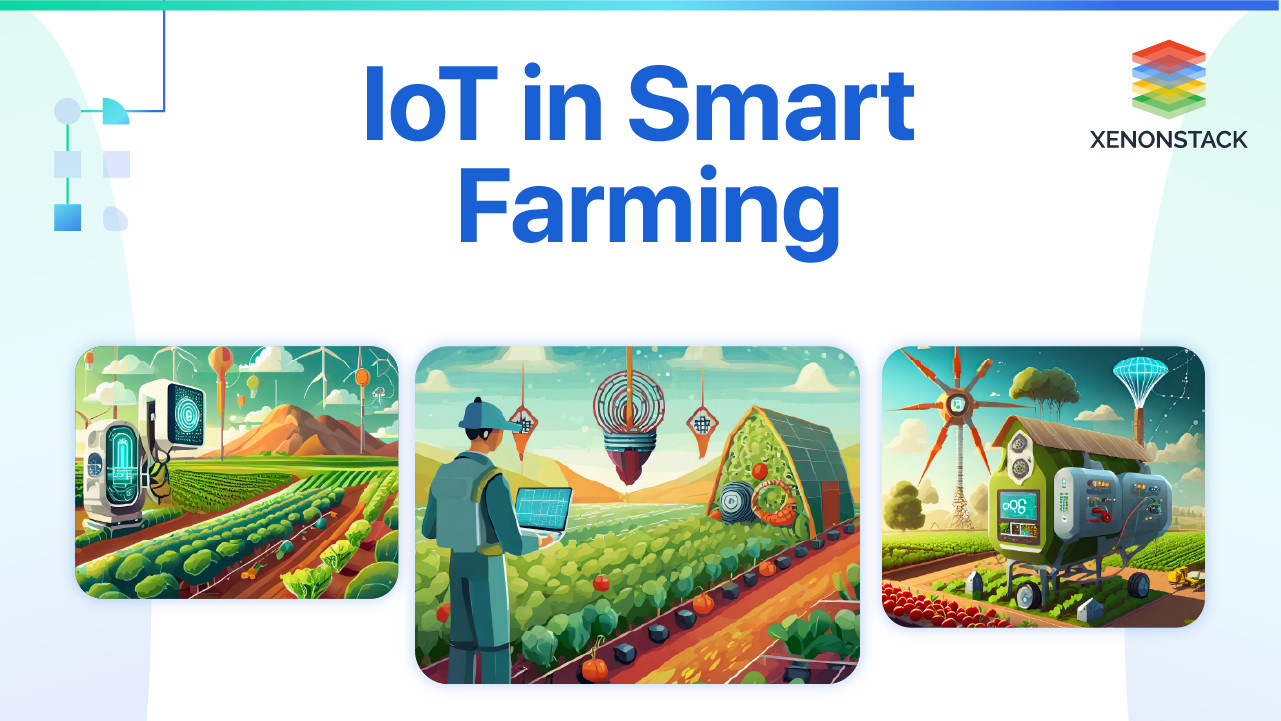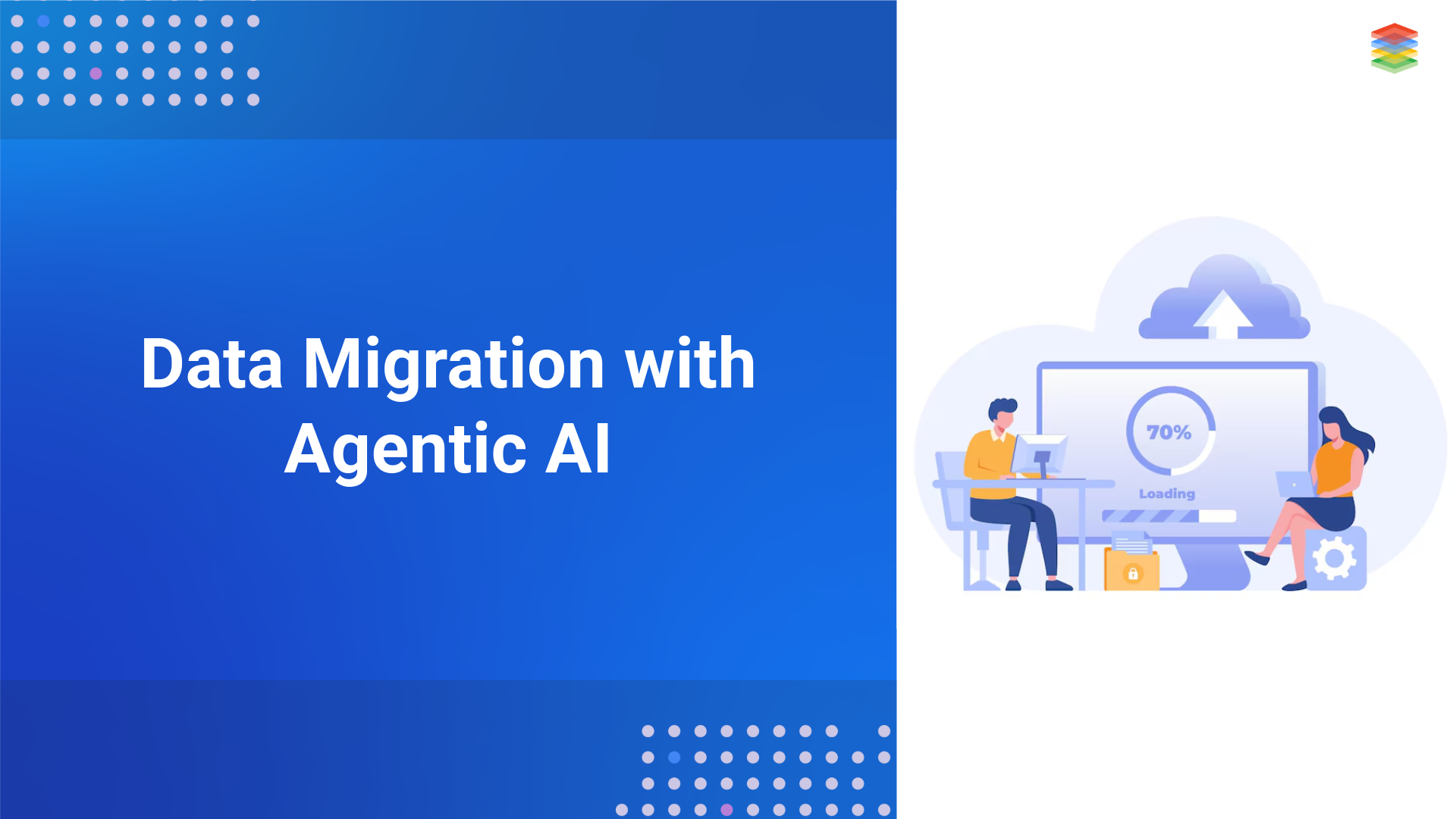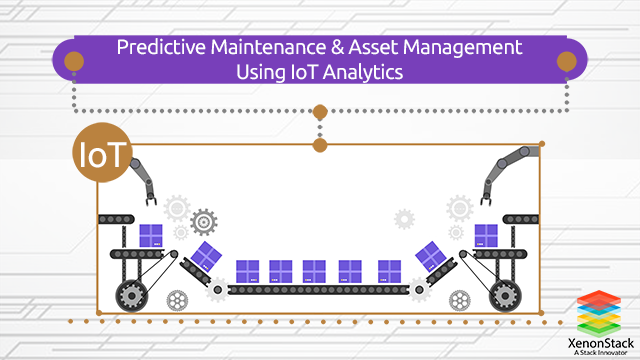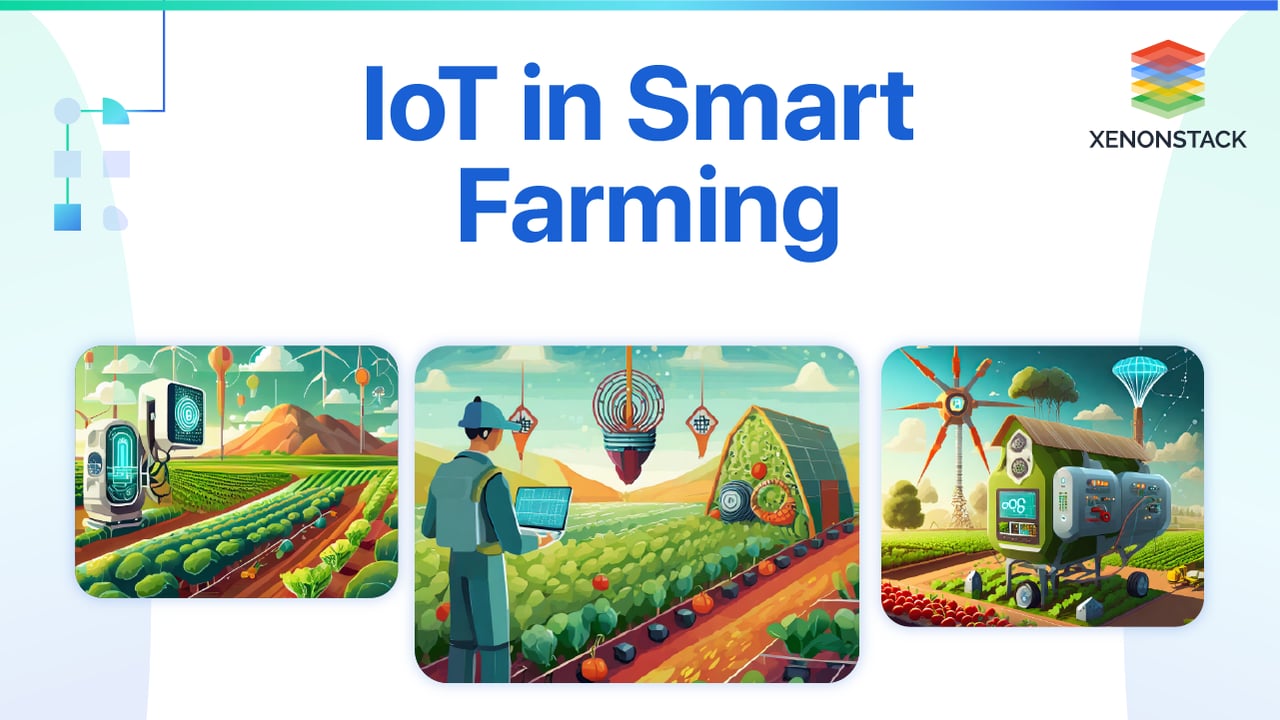
IoT Based Smart Agriculture
Internet of Things Smart technology enables new digital agriculture. Today technology has become a necessity to meet current challenges and several sectors are using the latest technologies to automate their tasks. Advanced agriculture, based on Internet of Things technologies, is envisioned to enable producers and farmers to reduce waste and improve productivity by optimizing the usage of fertilizers to boost the efficiency of plants. It gives better control to the farmers for their livestock, growing crops, cutting costs, and resources.
The world's total population touched 6.60 billion in 2000 but is projected to grow to 9.32 billion by 2050. Hence, it is necessary to increase the yield on the limited farmland.
It is a high-tech system to grow crops cleanly and sustainably for the masses. It is the application of modern Information and Communication Technologies in agriculture.
Benefits of Smart Agriculture
-
Automatic adjustment of Agriculture equipment is made possible by linking information like crops/weather and equipment to auto-adjust temperature, humidity, etc.
-
In large farmland, an Internet of Things equipped drone helps to receive the current state of crops and send live pictures of farmland.
-
By analyzing farmland from the land using its Solutions, you will know the current situation of fields and crops.
According to studies:
.png?width=512&height=512&name=planting%20(1).png)
Adoption Rates
6% of the studied farmers use some kind of precision Agriculture
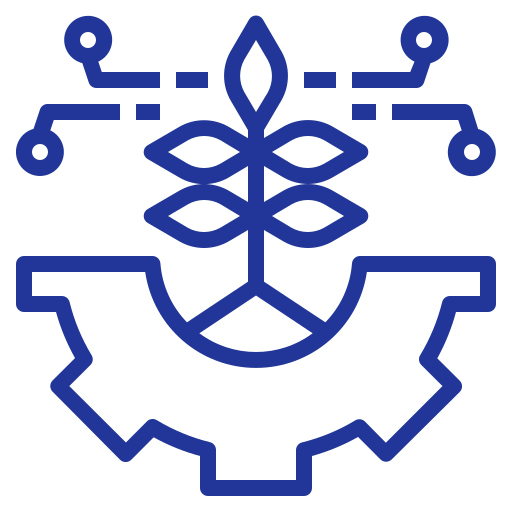
Satisfaction Levels
95% acknowledged that “precision Agriculture” is very helpful to use.
Challenges to Building the Internet of Things Platform
-
A unified solution that can be integrated with different types of Internet of Things devices.
-
The most common challenge for the Internet of Things in agriculture is connectivity. Not every area has proper internet connectivity.
-
The second most common challenge for Internet of Things-based Advanced Agriculture is consumer lack of awareness.
-
Due to various service providers, it becomes really difficult to maintain interoperability between different IoT systems.
-
A scalable solution that can be integrated with thousands of IoT devices for large farms.
Solutions for Building IoT based Intelligent Agriculture
Smart Farming has enabled farmers to reduce waste and enhance productivity with the help of sensors (light, humidity, temperature, soil moisture, etc.) and automation of irrigation systems. Further, these sensors allow farmers to monitor field conditions from anywhere. Internet of Things-based Advanced Farming is highly efficient compared with the conventional approach.
The applications of intelligent Agriculture solutions not only target conventional, large farming. With operations, but could also be new levers to uplift other growing or common trends in agriculture like organic farming, family farming (complex or small spaces, particular cattle and/or cultures, preservation of specific or high-quality varieties, etc.), and enhance highly transparent Farming.
In Azure, IoT Hub acts as the central unit which allows connecting, monitoring and managing millions of devices using bi-directional messaging. It supports AMQP, MQTT, and HTTP protocols for communication with IoT devices. It also helps their own protocol gateway Azure IoT Protocol Gateway, in case a device doesn’t support AMQP, MQTT, or HTTP.
Applications of the Internet of Things in Smart Farming
In Internet of Things-based smart agriculture, a system is formed to monitor the farmland with the help of sensors, which sense components like temperature, light, humidity, soil moisture, etc. Then, the irrigation system is automated, and farmers can monitor their field conditions from anywhere through the IoT Analytics Platform. Precision agriculture is used to make the agricultural process even smarter and more accurate.
This makes agricultural practice more controlled and precise in terms of raising livestock and farming. Internet of Things-based Advanced Farming plays a vital role when it comes to the use of IT and other elements like sensors, agricultural drones, autonomous vehicles, control systems, automated hardware, robotics, variable speed technology, and others.
The below highlighted are the applications of the Internet of Things in smart farming:
1. Weather Monitoring
Weather plays a very significant role when it comes to the Agriculture sector. In agriculture, there almost everything is dependent upon the climate condition. In smart Farming, temperature, humidity, light intensity, and soil moisture can be monitored through various sensors. These are again used by the reactive system to trigger alerts or automate processes such as water and air control.
2. Smart Greenhouse
Climate control plays a big role when growing delicate exotic flowers or herbs. Plants grow and thrive in smart greenhouses with improved quality and yield. As demand increases, smart greenhouses are becoming an important tool to achieve the required performance. Greenhouses have become industrialized in size and capacity to grow fruits and vegetables.
3. Crop Management
Another type of IoT product in agriculture and another element of precision agriculture is crop management devices. Like weather stations, they should be placed in crop-specific data collection fields. From temperature and precipitation to leaf moisture potential and general condition of the crop. In this way, crop growth and anomalies can be monitored to effectively prevent diseases or infections that could harm the crop. Arable and Semios are good examples of how this use case can be applied in real life.
4. Smart Irrigation on Agriculture Land
In smart irrigation, automated sprinkler systems or intelligent pumps are used. Soil moisture sensors are used in different areas to get the moisture of the soil in agricultural land. Based on the results from the soil moisture sensors, the intelligent pumps or intelligent sprinklers are turned On/Off.
5. Monitoring Soil Quality
Farmers usually use a sampling method to calculate soil fertility and moisture content. Fortunately, this sampling doesn’t give accurate results as chemical decomposition varies from location to location. Meanwhile, this is not very helpful. To resolve this thing, it plays an essential role in Farming. Sensors can be installed at a uniform distance across the length and breadth of the farmland to collect accurate soil data, which can be further used in the dashboard or mobile application for farm monitoring.
6. Livestock Monitoring
Internet of Things devices can be used to collect data regarding cattle's location, well-being, and health. This data can be further used for the identification of sick animals so that they can be separated from others, thereby preventing the spread of diseases. This Live Stock Monitoring also lowers labor costs with the help of Internet of Things-based sensors.
7. Drone Monitoring
Drone monitoring is helping large farms reduce the cost of monitoring, and Geo-positioning sensors can set a stable path. Moreover, the data collected from these drones is sent back to the server to be used for analysis and decision-making.
Next Steps towards using IoT in Agriculture
Talk to our experts about implementing IoT solutions in agriculture. Learn how industries and different departments use IoT to enhance farm management, monitor crop health, and optimize resources. IoT in agriculture helps automate and streamline operations, improving efficiency, productivity, and sustainability. With real-time data and connected devices, farmers can make informed decisions, boost yields, and reduce costs, taking agriculture to the next level.
.webp?width=1921&height=622&name=usecase-banner%20(1).webp)


